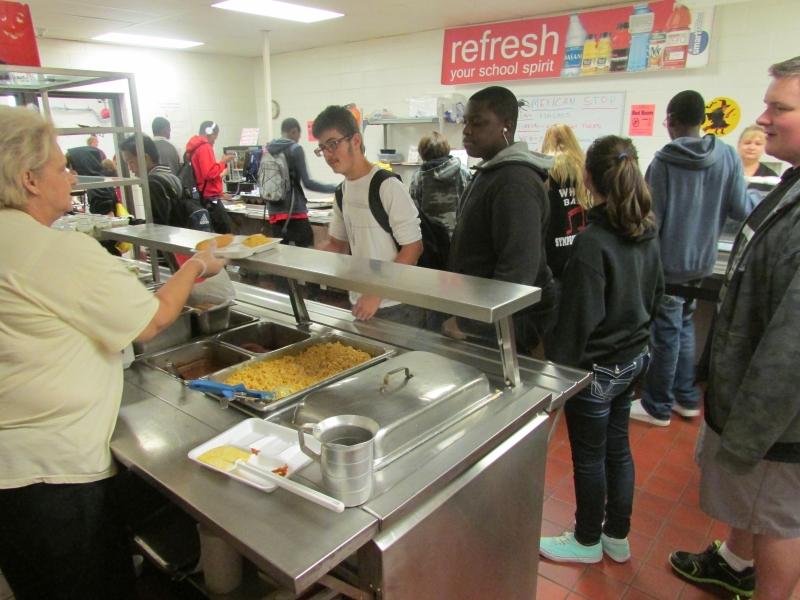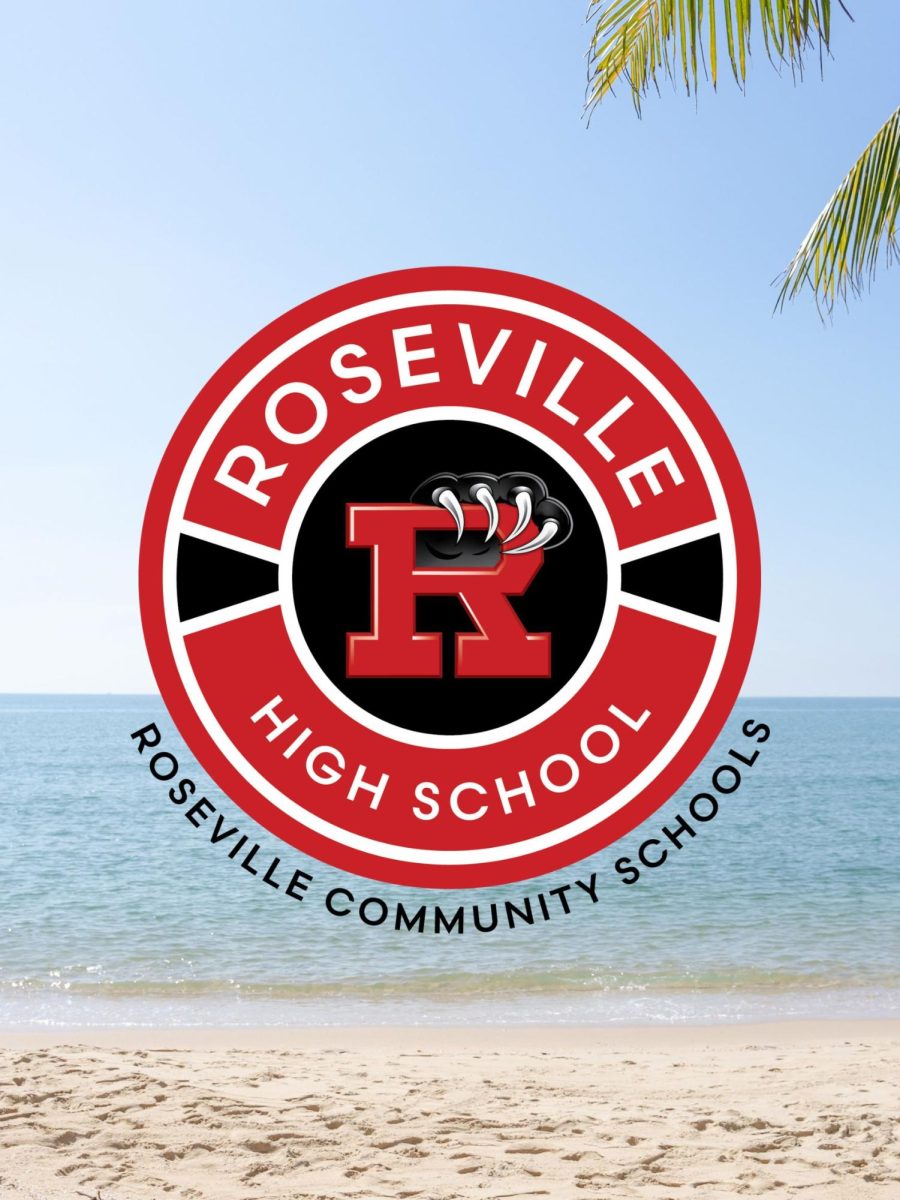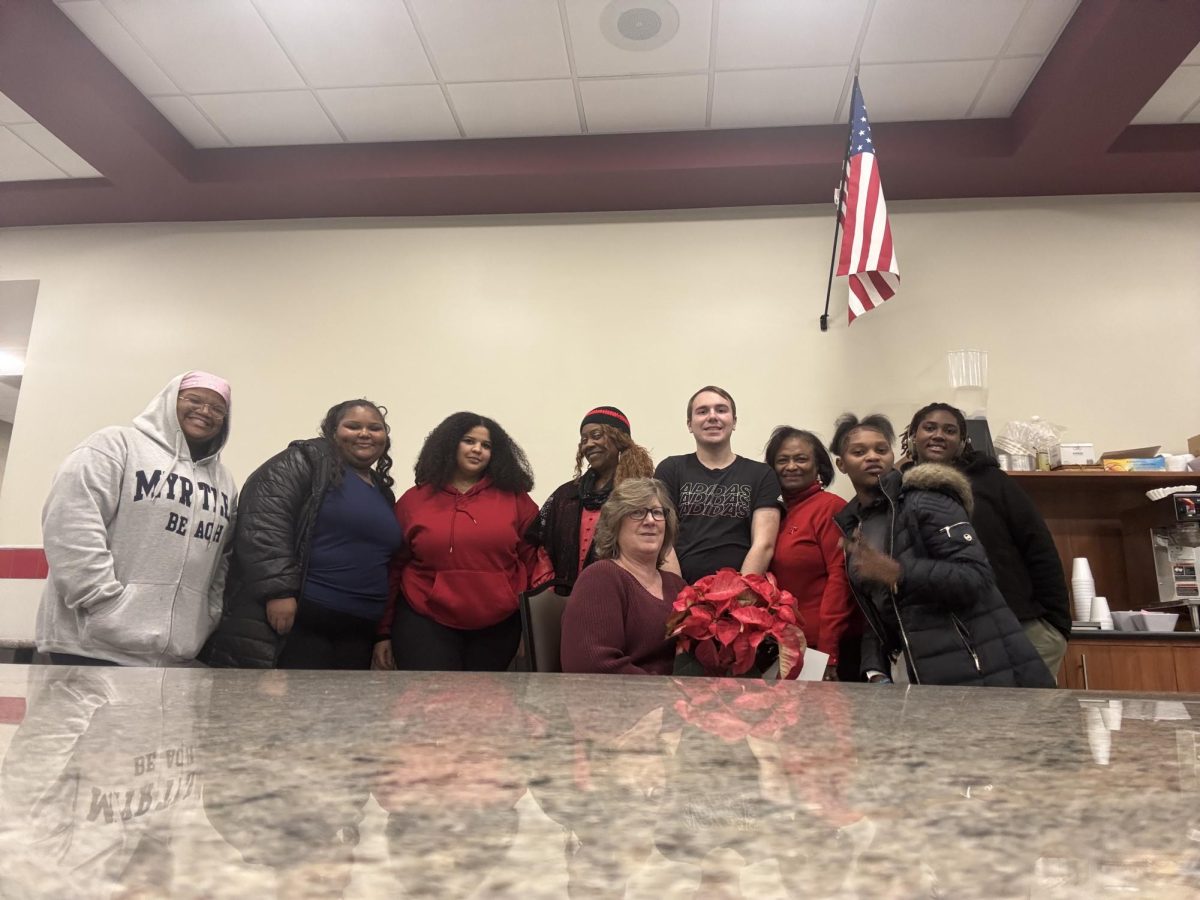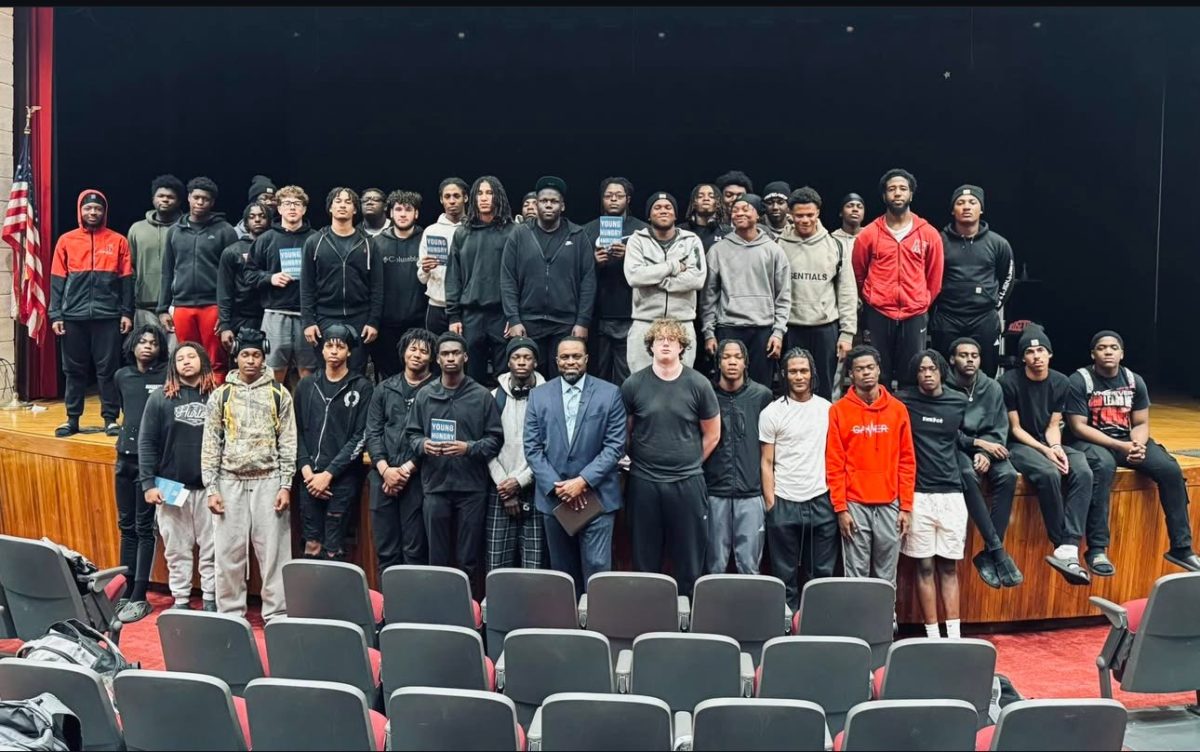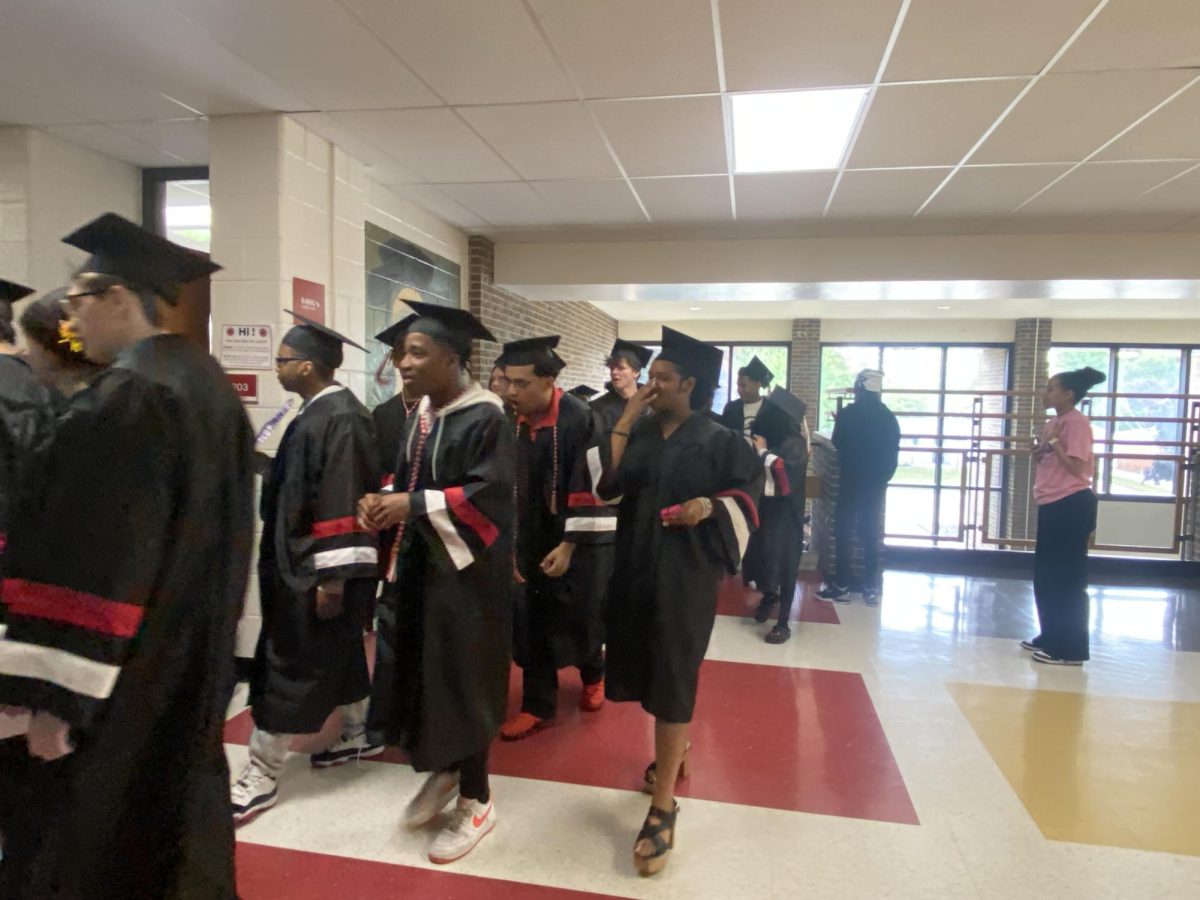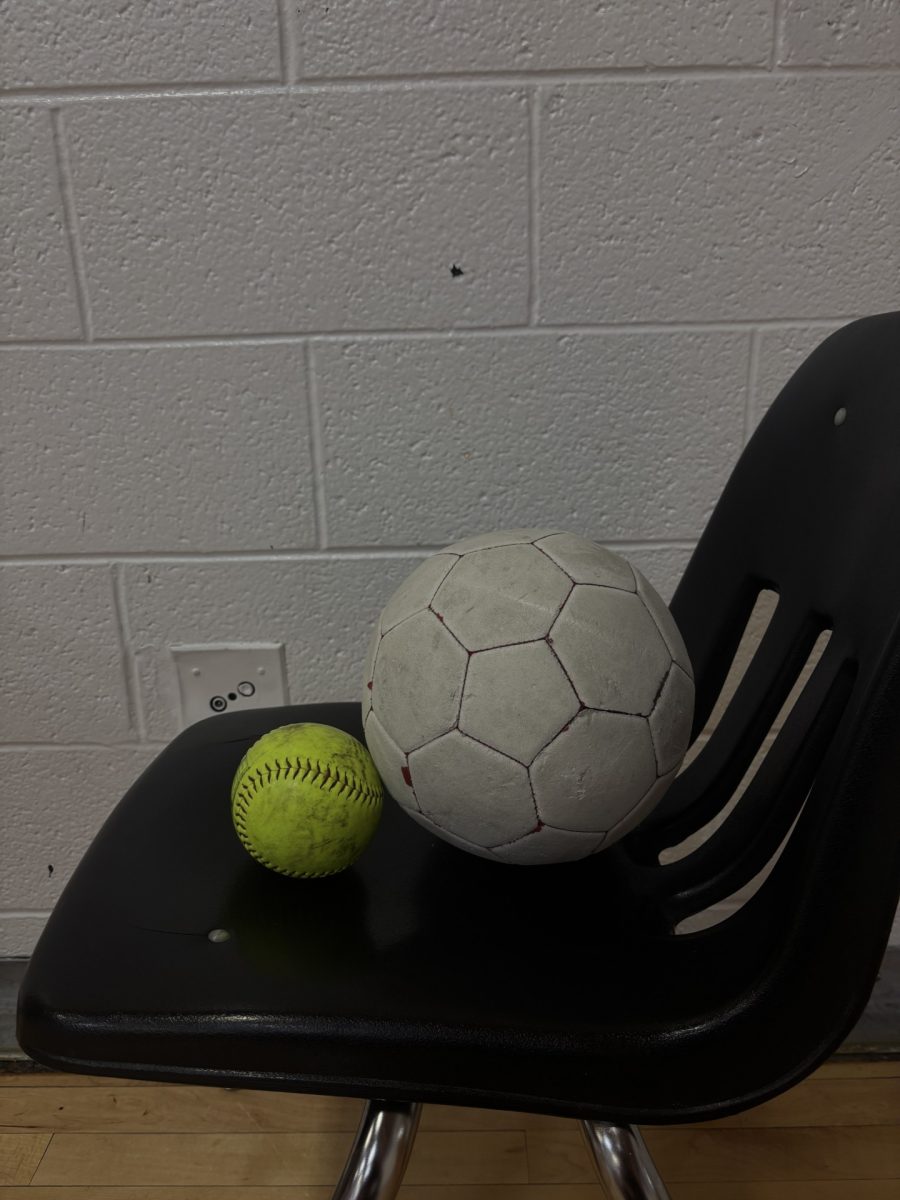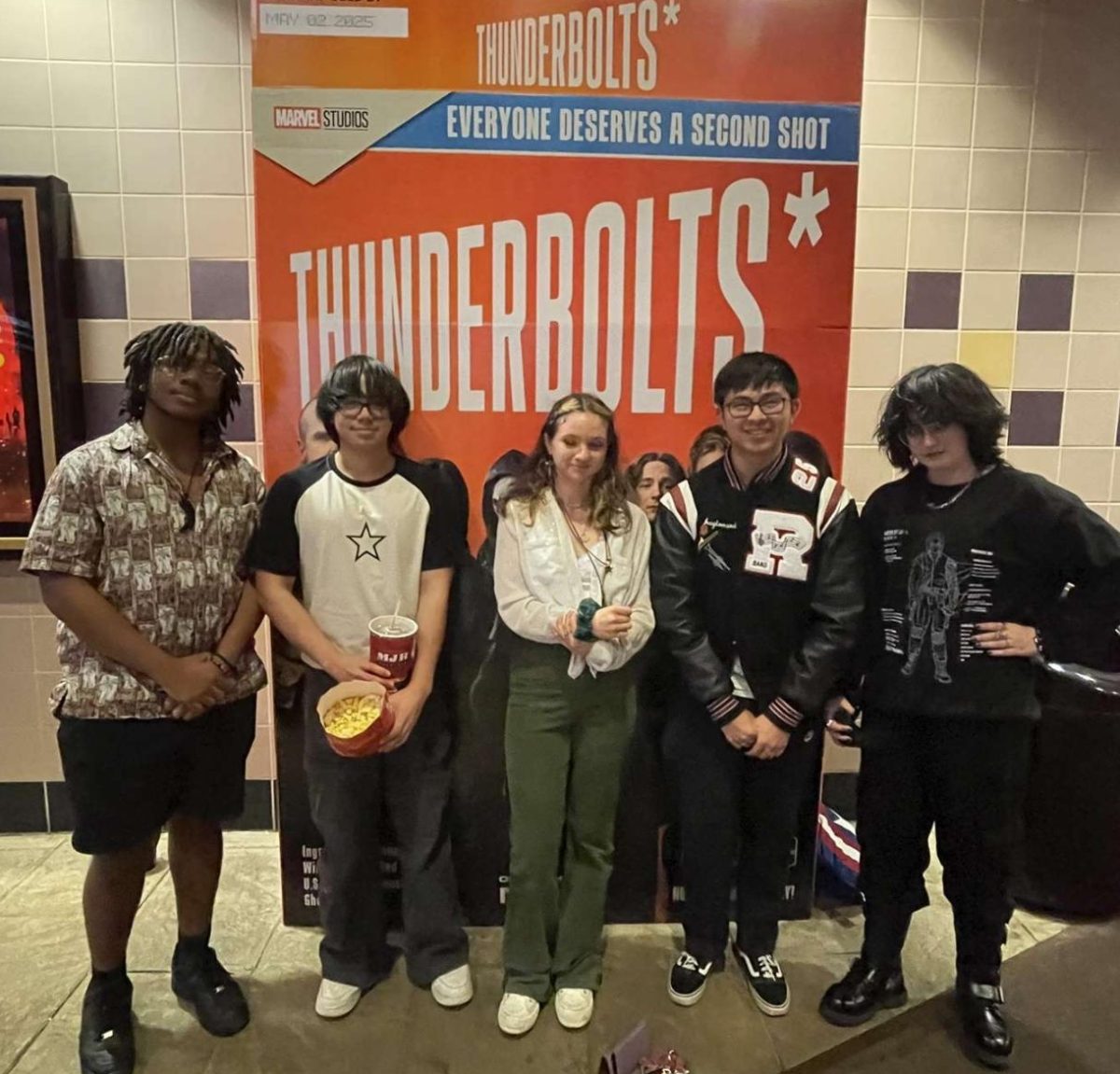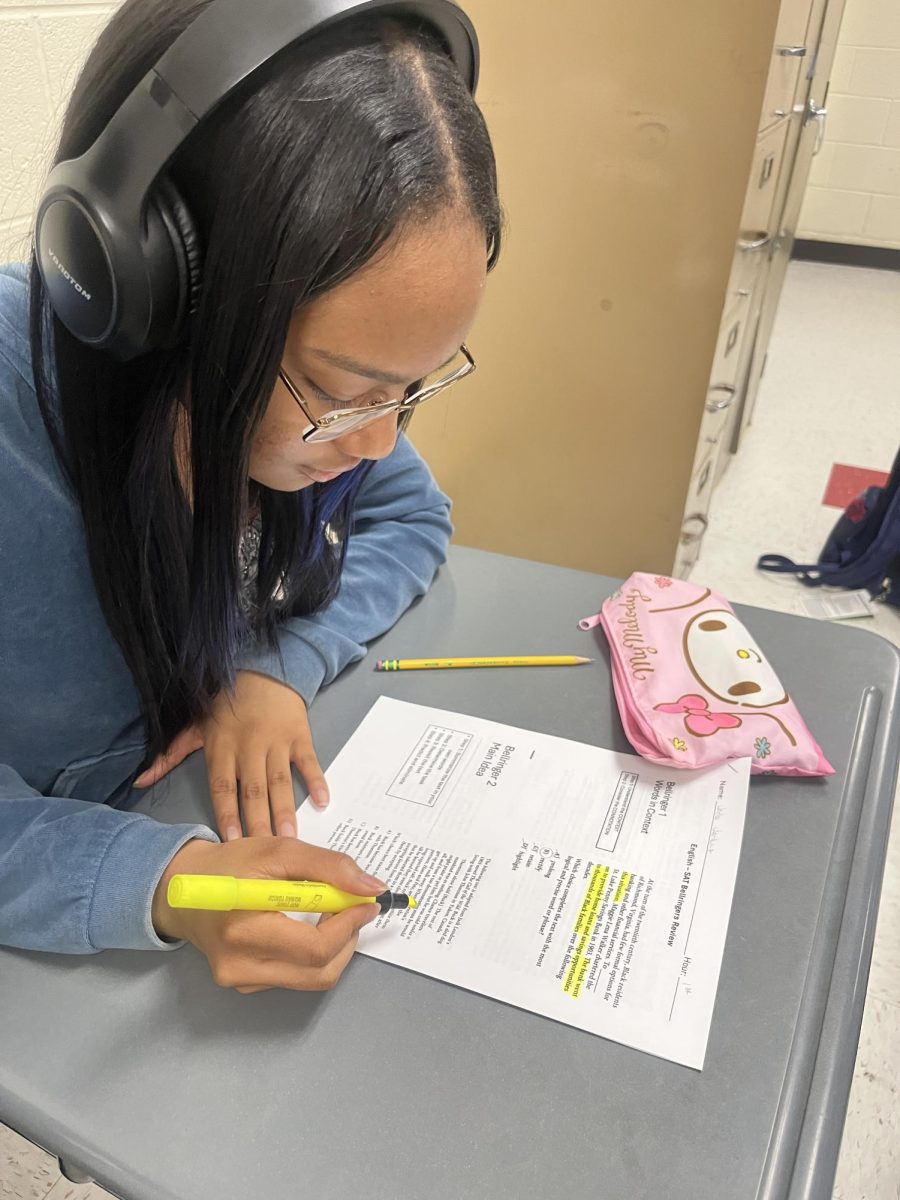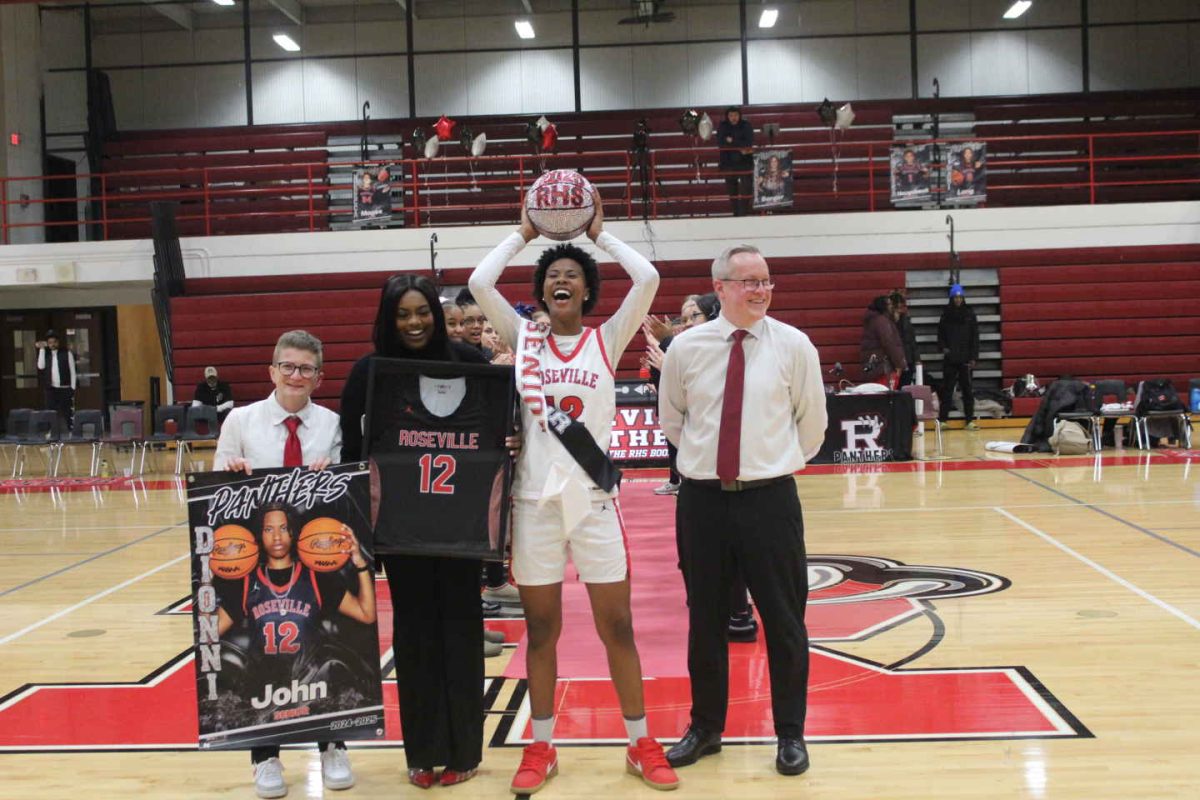RHS feels effects of new food regulations
October 15, 2014
If you eat lunch or buy snacks at RHS, you might have noticed the change in food. For the 2014-2015 school year, new food regulations have been put into place.
The new rules have been put into place by the School Nutrition Programs (SNP) Unit funded by the state. The SNP get their regulations for school lunches from the United States Department of Agriculture (USDA).
The current food department of Roseville is under the 2010 Healthy, Hunger-Free Kids Act that is known to be championed by First Lady Michelle Obama. President Barack Obama signed this historic Act on December 13, 2010. Up until that point, school lunch requirements had been unchanged for fifteen years.
The USDA cites the reasons for the changes are the current obesity rate. According to CDC.com, the percentage of children aged 12-19 years in the United States who were obese increased from 5 percent in 1980 to nearly 21 percent in 2012.
The Hunger-Free Kids Act is designed to increase the availability of fruits, vegetables, whole grains, and fat free and low-fat fluid milk in school meals; reduce the levels of sodium, saturated fat and Trans fat in meals. The program itself is estimated to cost around 1.5 billion in the coming years, an increase in the amount of money spent on food lunches. Despite the money increase USDA reported in the first year of the program, schools saw a net nationwide increase in revenue from school lunches of approximately $200 million.
Many critics of this Act call the title itself ironic. Student participation in school lunch programs has dropped over one million. The act itself limits the calorie intake and downsides portion size. Caloric intake requirements for lunch for grades K-5 lunch is 500-650, 600-700 for grades 6-8, and 750- 850 for grades 9-12.
Not only is the act keeping the food line in check, it is keeping the “snack shack,” Panther Den, and after school fundraisers accountable as well. According to Andrea Dysard, head of the Food department in Roseville, the afterschool meal program, part of the main Act, as of July 1, now includes what also being sold from 12 AM until 30 minutes after the school day has ended (3:20), separate from the lunch line. Want Cheetos? Here are baked Cheetos. Want pizza after school? No can do.
Unlike last year, you will not be able to smell the smells of greasy and hot pizza from down the hall from the library. The period of warm and delicious pizza to send you home for the weekend is now over, and David Kaynor, head of S.T.A.T.I.C (students taking action together in Christ), the club that sold the pizza after school, expressed his distraught when he learned that he could no longer sell pizza for fundraising.
“Yeah, it stinks because it really was a cheap and easy way to raise money, what am I supposed to do now, sell bracelets?” Kaynor said.
If you were to walk through the lunch line you would not be able to get through it without being told to get a fruit or vegetable. For some, that fruit or vegetable goes straight in the garbage with the rest of the half-eaten food after it was done being picked through.
Whether or not you agree with the program, it seems it is here to say, according to Dysard. The only way for it to end will be, for some reason, the USDA had a sudden change of heart, along with Michelle Obama. The prospect seems bleak since the USDA is on their own mission to combat the growing obesity rates. This is the first year of the program spreading toward snacks, so it will be a new experience for everyone involved.



